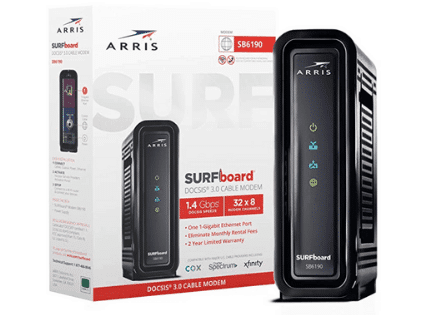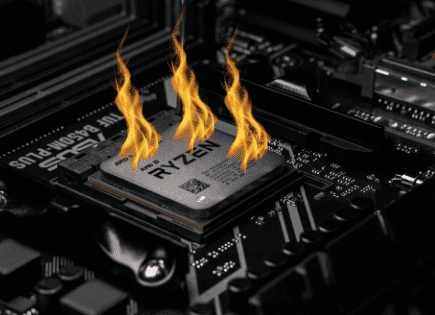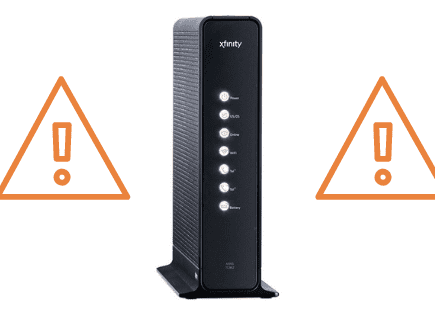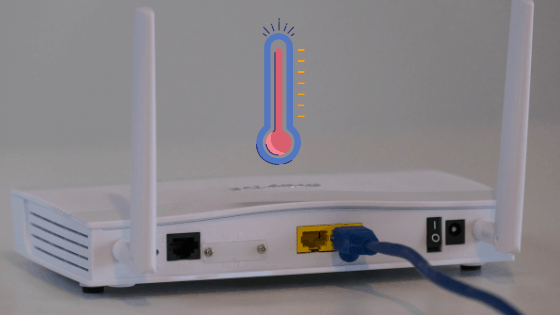
Modem Is Hot! (Why Modems Overheat & How to Prevent It)
A modem is what connects you to the internet and the outside world. Unfortunatley, sometimes it can get too hot or damaged due to excess heat. Why is it that your modem is hot? Is it a design flaw? Are you overusing it?
Modems tend to overheat when placed in closed cabinets or behind obstacles where there’s insufficient circulation of air. This leads to poor convection of heat from the modem. To prevent this, always clean your modem, keep it upright, and give it at least 4 inches (10 centimeters) of clearance.
If you’ve already taken these precautions but alas, your modem is hot, there are a few other steps you can take.
Why do Modems Overheat
In most homes, modems are constantly running. They continuously communicate with your Internet Service Provider and handle all traffic to and from the Internet.
Like other electronics, modems with a heavier thermal load accumulate more heat. Since they aren’t designed with complex cooling systems, modems can easily overheat, leading to internet disruptions.
Here are the top reasons why modems overheat:
1. Lack of proper ventilation
In a well-ventilated room, a modem’s vents will work flawlessly to keep the modem relatively cool.
As you start gaming and streaming from multiple devices, the modem will work harder to accommodate these additional connections and start to produce more heat.
Ultimately, your modem is going to need adequate ventilation to stay cool. So it makes logical sense to keep the modem in a cool place with good air circulation.
2. Model and Age
Most modems, especially older ones, aren’t designed for the heavy internet usage/load that is experienced today.
This means that if you’re using several devices at once, your modem may start to produce more heat than it can handle.
If you have an older modem, or your current one doesn’t handle simultaneous connections well, consider getting a new one.
You really should buy a dual-band modem/router. Since these provide you with two internet bands to connect to, you’ll have fewer overlapping connections, and things should run smoother overall.
3. Climate
During Winter, Spring, or Autumn, you’ll rarely notice connection problems, but when summer heat waves strike, the story changes.
Your computer may boot up slower and your modem may start to overheat and disconnect randomly.
Additionally, if you live in a room with high levels of humidity, your modem will definitely accumulate more heat.
4. Placement near other electronic devices
Since electronics produce heat when in use, you shouldn’t put them directly next to one another.
If you must keep several devices close together, consider building a few shelves to separate them, allowing sufficient space for air circulation.
5. Usage
People with lower bandwidth requirements rarely experience issues with their modems.
More often than not, you can efficiently run a few devices such as a smart TV, a few work computers, and mobile devices in your home without getting the modem too hot.
However, if you have a smart home with 40 connected devices, your modem will need to be more advanced and have the capability of juggling many simultaneous connections.
Symptoms that Your Modem is Overheating
When your modem starts to overheat, you may notice a few red flags. These include:
Slow internet connection
Modem components are designed to turn off when they become hot.
This delays the sending and receiving of information, and since your streaming and gaming devices use the same network, you may notice slow internet or interruptions across all devices.
In extreme cases, your modem will turn off and you’ll lose internet altogether.
The power light may turn red
Depending on the manufacturer, some modems will change the power light to signify that the system is overheating.
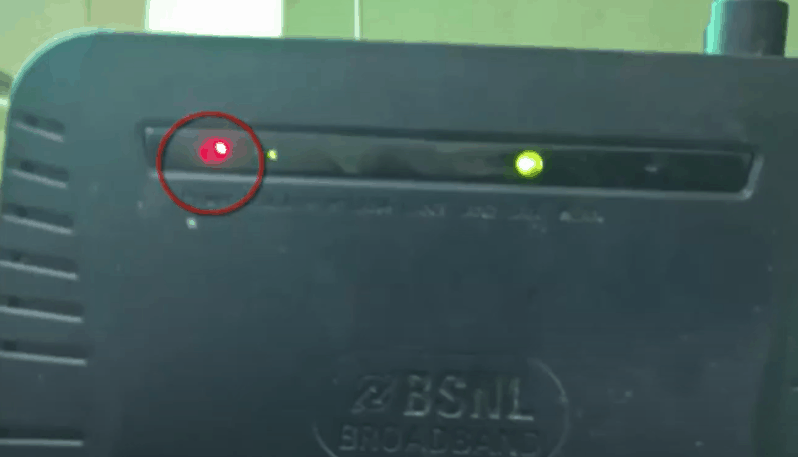
Check the modem’s manual to see if it has this feature.
This light provides an easy way to monitor your modem’s temperature to see if it is becoming an issue.
Observe the modem’s temperature
Modems can warm up to 98 degrees Fahrenheit, which is normal.
However, when the temperature goes above that, your modem may get damaged.
You can use a smart thermometer to measure its temperature or get an expert to install remote monitoring (RMON) configurations in SNMP.
This can help you monitor the modem’s temperature from a remote desktop.
How to Prevent Your Modem from Overheating
Here are some tips to help you prevent your modem from getting too hot:
Give it ample space to “breathe”
The best place to put your modem is on top of a bookshelf or near an HVAC cooling vent.
It should also be set on its base to avoid blocking any vents. Never put your modem on its side!
Don’t put obstacles near or on top of the modem as they might prevent the movement of heat away.
In extreme cases, you can remove the shell cover of your modem if it gets hot too often.
Ensure the proper room temperature
Your modem requires a room with regulated temperature and humidity so avoid keeping it in the attic, crawl space, or basement.
Instead, consider putting it in a room with maximum air circulation.
Use a fan
Most modems have a USB port for connecting your printer or mobile device.
You can purchase a small, USB-powered fan and connect it directly to your modem.
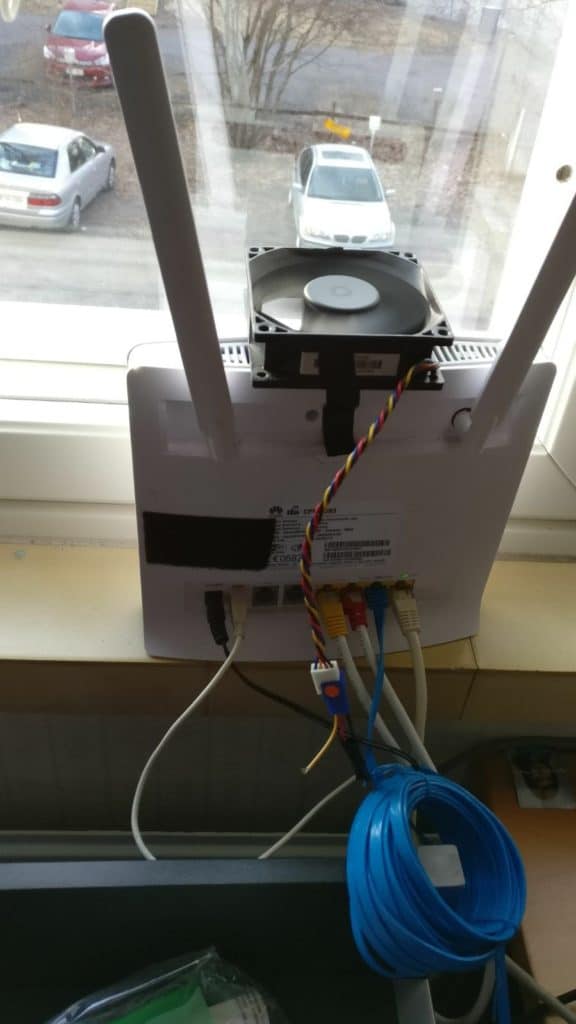
If you prefer not to use the USB port, you can power the fan using a 5V charger.
The fan can be used to blow the hot air sideways, away from the modem.
Dust it often
Accumulation of dust in and on electronics often leads to blockage of air vents inside the modem.
If you’ve ever placed your modem on the floor or in an area where dust collects, you need to open it up to clean it.
You can use isopropyl alcohol and a brush to clean the circuit board gently. You can even use a compressed air can to clear out the dust from tough-to-reach places.
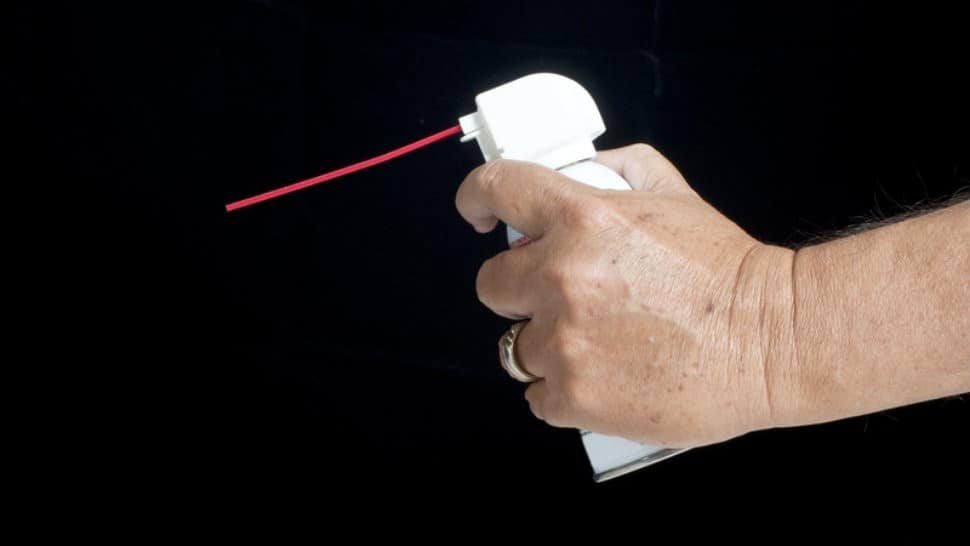
Keep it far from direct sunlight
Do not place your modem in a spot that receives direct sunlight.
During the day, you may notice your modem overheating due to the additional heat source from the sun.
The best place to keep your modem is in a central, high place, or the far end of a room, safely away from the sunlight.
Switch it off when not in use
It’s incredibly important to occasionally switch your modem off when it’s not in use for an extended period of time. This allows it to cool down fully.
So the next time you go on a long vacation, consider unplugging your modem. Your modem deserves a vacation too right?
If that’s not an option for you, you can change your connection settings to reduce the number of devices that can connect at any one time. Or just turn off half of the devices in your home while you’re away.
Conclusion
There are a handful of reasons why your modem is hot and possibly overheating:
- Poor ventilation
- Your modem is old
- The climate you live in is unfavorable
- Other electronics are too close by
- You have too many connected devices
You’ll likely see the following symptoms when your modem starts to overheat:
- Your internet speed will slow down
- The power light on your modem may turn red
- Your modem’s temperature will rise well above 98 degrees F
In the event that your modem is overheating you can:
- Give it space to “breathe”
- Ensure the room temperature is cool
- Use a fan to cool it off directly
- Dust it off, inside and out
- Keep it away from direct sunlight
- Switch it off when you are not using it
Hopefully, you found this article helpful. Good luck with your modem and thanks for reading!


